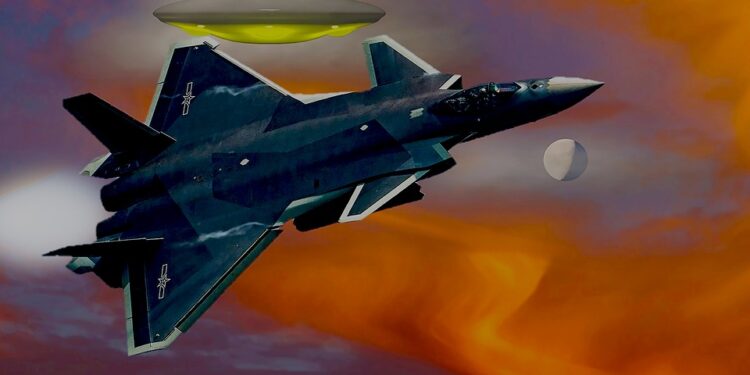Robotic technology has advanced at an astonishing rate in recent years, thanks in large part to the integration of artificial intelligence (AI) into the design and operation of robots. This combination of AI and robotics has led to a slew of innovations that are revolutionizing industries ranging from manufacturing to healthcare to transportation. In this article, we will explore some of the most cutting-edge developments in advanced robotics fueled by AI.
One of the most notable advancements in advanced robotics driven by AI is the development of collaborative robots, or cobots. Unlike traditional industrial robots that are designed to work autonomously in isolation from humans, cobots are specifically designed to work alongside human workers in a shared workspace. This type of collaborative approach allows for a more flexible and efficient manufacturing process, as humans and robots can work together to perform tasks that require a combination of precision and creativity.
Cobots are equipped with advanced sensors and AI algorithms that allow them to detect and respond to the presence of humans in their vicinity, ensuring safe and seamless collaboration. These robots can perform a wide range of tasks, from assembly and welding to inspection and quality control, making them an invaluable asset in modern manufacturing facilities.
Another area where AI-driven robotics are making a significant impact is in the field of warehouse automation. With the rise of e-commerce and the increasing demand for fast and efficient order fulfillment, warehouses are under pressure to optimize their operations and maximize productivity. This has led to the adoption of robotic systems that can automate tasks such as picking, packing, and sorting of goods.
AI-powered robots in warehouses are equipped with computer vision algorithms that enable them to identify and locate items with high accuracy and speed. These robots can navigate complex warehouse environments, avoiding obstacles and adapting to changing conditions in real-time. By streamlining the order fulfillment process, these robots have proven to be a game-changer for companies looking to improve efficiency and reduce costs.
In the healthcare industry, AI-driven robotics are revolutionizing the way surgeries are performed. Robot-assisted surgery systems, such as the da Vinci Surgical System, are now commonly used in hospitals around the world to perform minimally invasive procedures with greater precision and control than traditional methods. These systems consist of robotic arms equipped with surgical instruments that are controlled by a surgeon via a console.
The AI algorithms in these systems help to enhance the surgeon’s capabilities by providing real-time feedback and guidance during the procedure. This not only improves accuracy and reduces the risk of errors but also allows for smaller incisions, faster recovery times, and less post-operative pain for patients. As a result, robot-assisted surgery is quickly becoming the standard of care for a wide range of surgical procedures.
In the realm of transportation, AI-driven robotics are reshaping the landscape of autonomous vehicles. Companies like Tesla, Waymo, and Uber have been at the forefront of developing self-driving cars that use AI to navigate roads, avoid obstacles, and make decisions in real-time. These autonomous vehicles have the potential to revolutionize the way we travel, reducing traffic congestion, minimizing accidents, and improving overall transportation efficiency.
AI-powered robots are also being used in the agricultural sector to improve crop yields and reduce labor costs. Autonomous tractors equipped with AI algorithms can navigate fields, plant seeds, and apply fertilizers with precision and efficiency. Drones equipped with cameras and sensors can monitor crop health and detect pest infestations, enabling farmers to take proactive measures to protect their crops.
The integration of AI into robotics is also pushing the boundaries of what robots can accomplish in space exploration. Robots like NASA’s Mars rovers are equipped with AI algorithms that allow them to navigate the Martian terrain, collect samples, and conduct experiments autonomously. These robots are paving the way for future human missions to Mars and beyond, as they can help gather crucial data and pave the way for the eventual colonization of other planets.
In conclusion, the integration of AI into robotics is driving a wave of innovation that is transforming industries and pushing the boundaries of what robots can achieve. From collaborative robots in manufacturing to robot-assisted surgery in healthcare to autonomous vehicles in transportation, AI is revolutionizing the way we work, live, and explore the world. As these technologies continue to advance, we can expect to see even more groundbreaking innovations that will shape the future of robotics for years to come.













